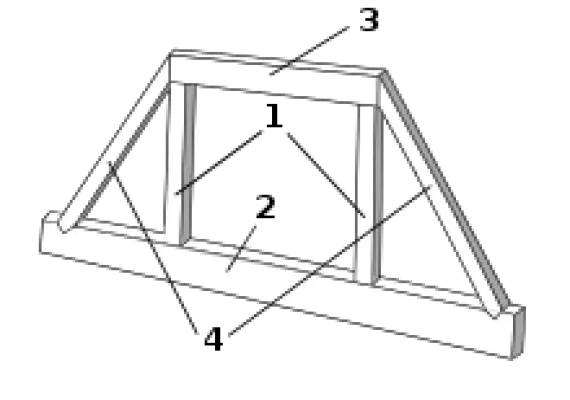What Is Brick Veneer Siding?
What Is Brick Veneer Siding?
Brick veneer siding is a thin brick surface that is lightweight and maintains the look of traditional brick. It is available for both indoor and outdoor use, with different installation techniques depending on the application.
For interior walls, brick veneer is installed much like tile, with mortar spread on the wall and the “bricks” laid in place on top. The exterior brick veneer is installed as a freestanding wall anchored to the house, with bricks laid on a foundation from the ground up.
Brick veneer has several benefits compared to solid brick construction. It is more affordable and looks very close to the “real thing”, while also being able to withstand extreme temperatures without warping or cracking.
Additionally, it requires less structural support than solid brick construction and provides better insulation due to air cavities between the brick veneer and the exterior of a home.
Thin brick or brick veneer may also be used in the form of brick tile for interior or exterior applications such as fireplaces, backsplashes, or accent walls.
Is Brick Veneer A Good Siding?
Yes. Brick veneer and stone veneer are great options for siding, as they are cost-effective and easier to install than natural brick and stone. Brick veneer is available in many different colors, shades, and designs, while stone veneer comes in various style options.
Installing brick or stone veneer is less physically demanding than installing natural brick or stone, making it a good option for DIY projects.
Brick veneer and brick siding can be more expensive than other types of siding, but they offer many advantages such as durability, low maintenance requirements, and energy efficiency. Therefore, brick veneer and stone veneer are good options for siding.
What’s The Difference Between Brick And Brick Veneer?
The main difference between brick and brick veneer is the main building support. Solid masonry is the structural support of the building, while with brick veneer, the structural support comes from the concrete, steel, or wood that makes up the backup wall.
Brick veneer walls are non-loadbearing and are supported by the interior wythe of masonry, while solid brick walls are made up of two layers (called wythes) of bricks that are back to back and joined by cement mortar.
Brick veneer also provides better insulation than solid brick due to air cavities between it and the exterior walls, while solid brick is not an effective insulator due to its inherent thermal properties.
Additionally, brick veneer walls typically have insulation in the cavity as well as wall flashing and weep holes to keep moisture out, whereas solid brick does not have these features.
What Are The Benefits Of Brick Veneer?
Brick veneer is a thin brick surface that is lightweight and looks similar to natural bricks. It is much more affordable than natural stone bricks in terms of construction, installation, maintenance, and repair costs.
Brick veneer is also easier to install than solid brick, making it a great option for DIYers.
Additionally, brick veneer provides better insulation than solid brick due to the air cavities between the brick veneer and the exterior of a home.
Finally, modern brick veneers are made from clay and shale to ensure they have the same feel and texture as regular bricks. These benefits make brick veneer an attractive option for many homeowners.
What Are The Disadvantages Of A Brick Veneer Home?
The disadvantages of brick veneer include:
- Higher cost than some materials, no additional structural support, susceptibility to water damage, and potential for cracking and loosening of mortar over time.
- Brick veneer is more expensive than wood or fiber cement siding and significantly more than vinyl.
- It also does not provide any additional structural support to the building.
- Additionally, brick veneer is susceptible to water damage due to its porous nature, and repairs may be necessary after a decade due to cracking and loosening of mortar.
